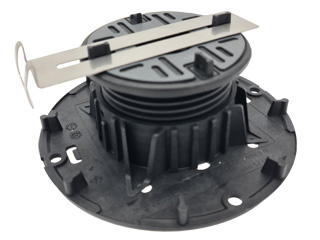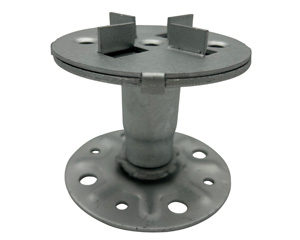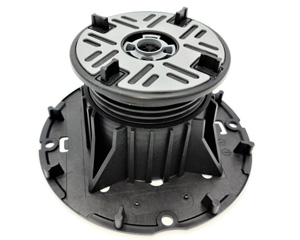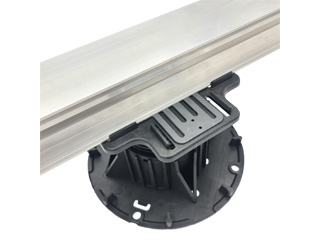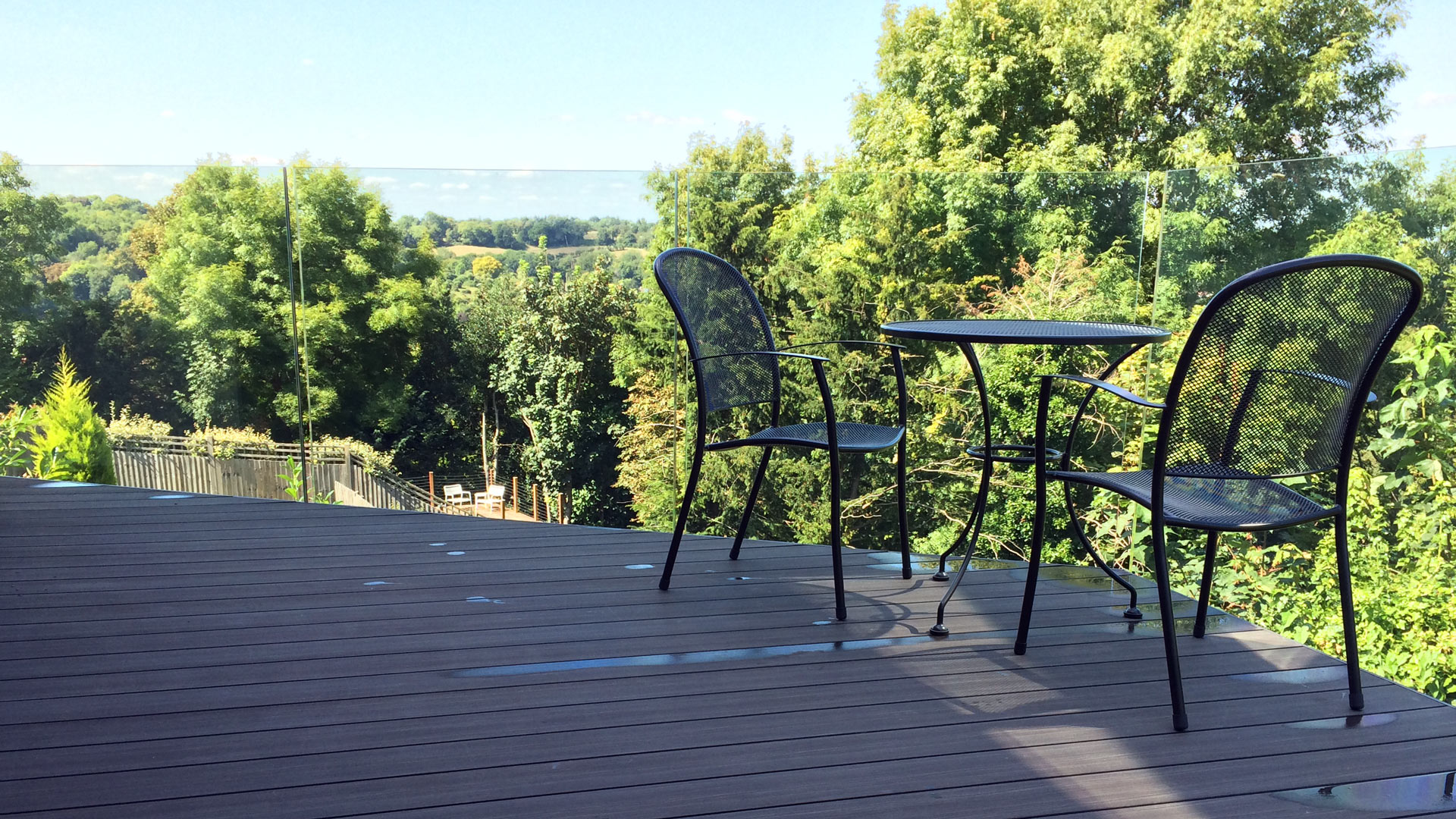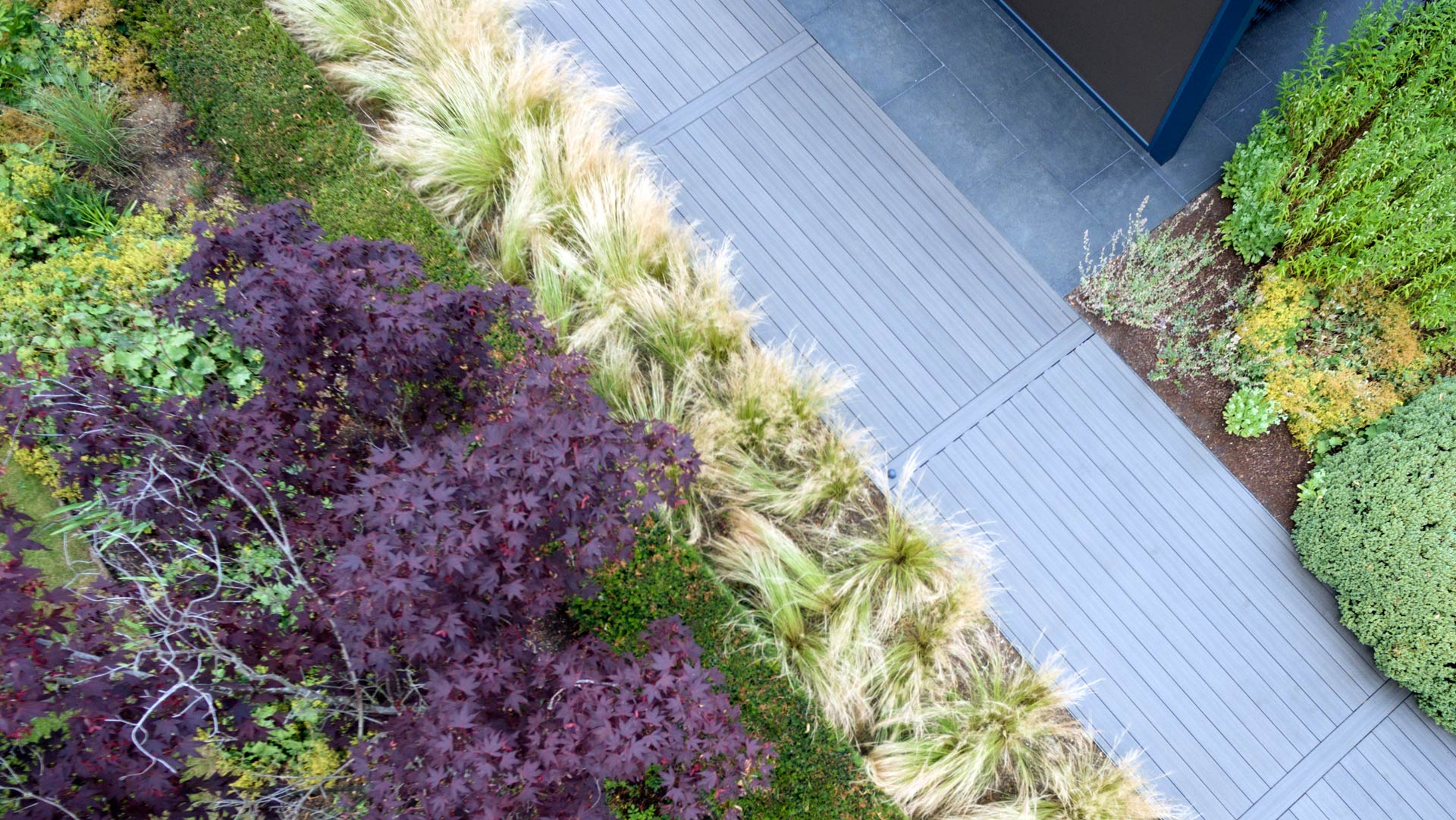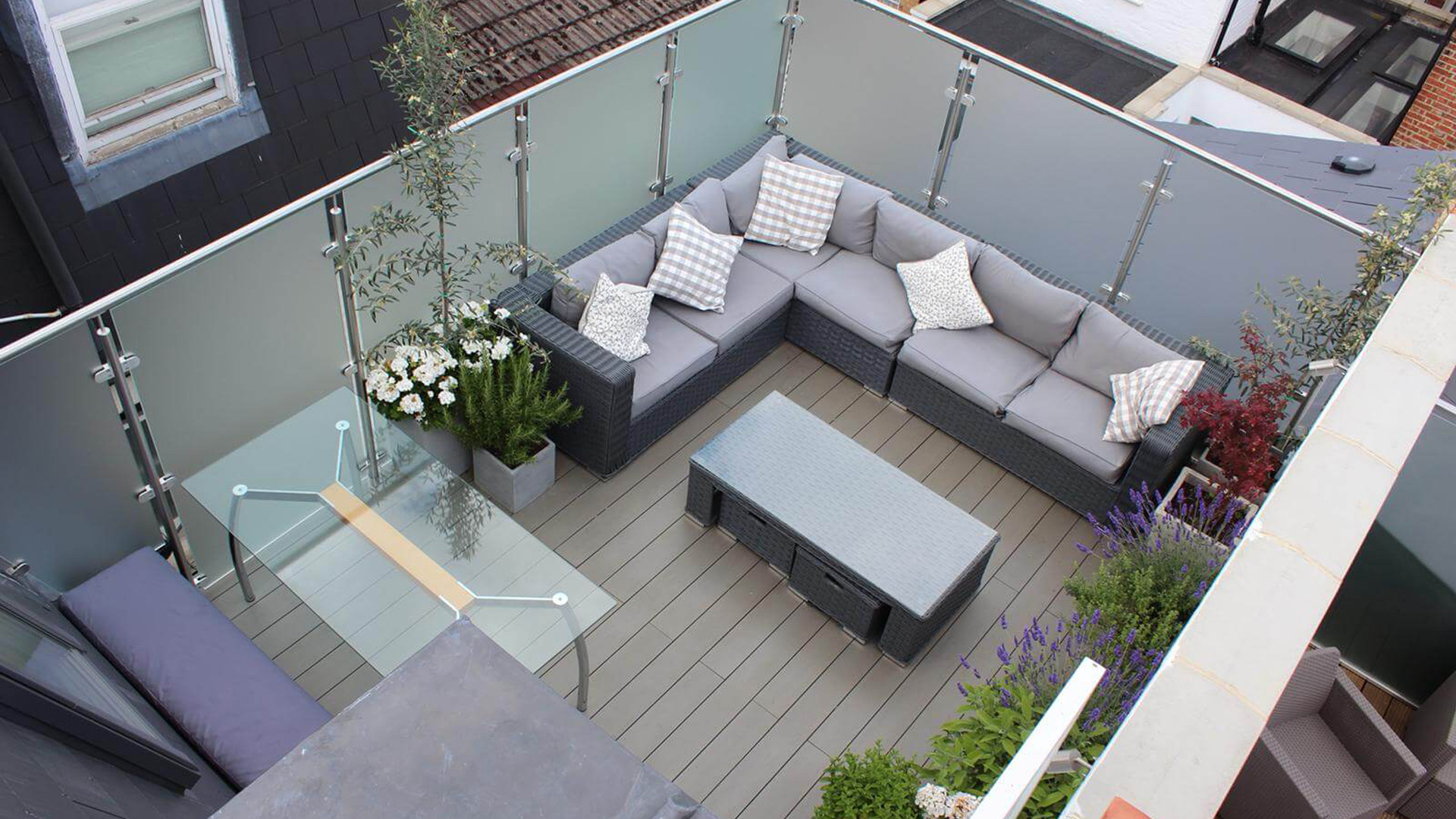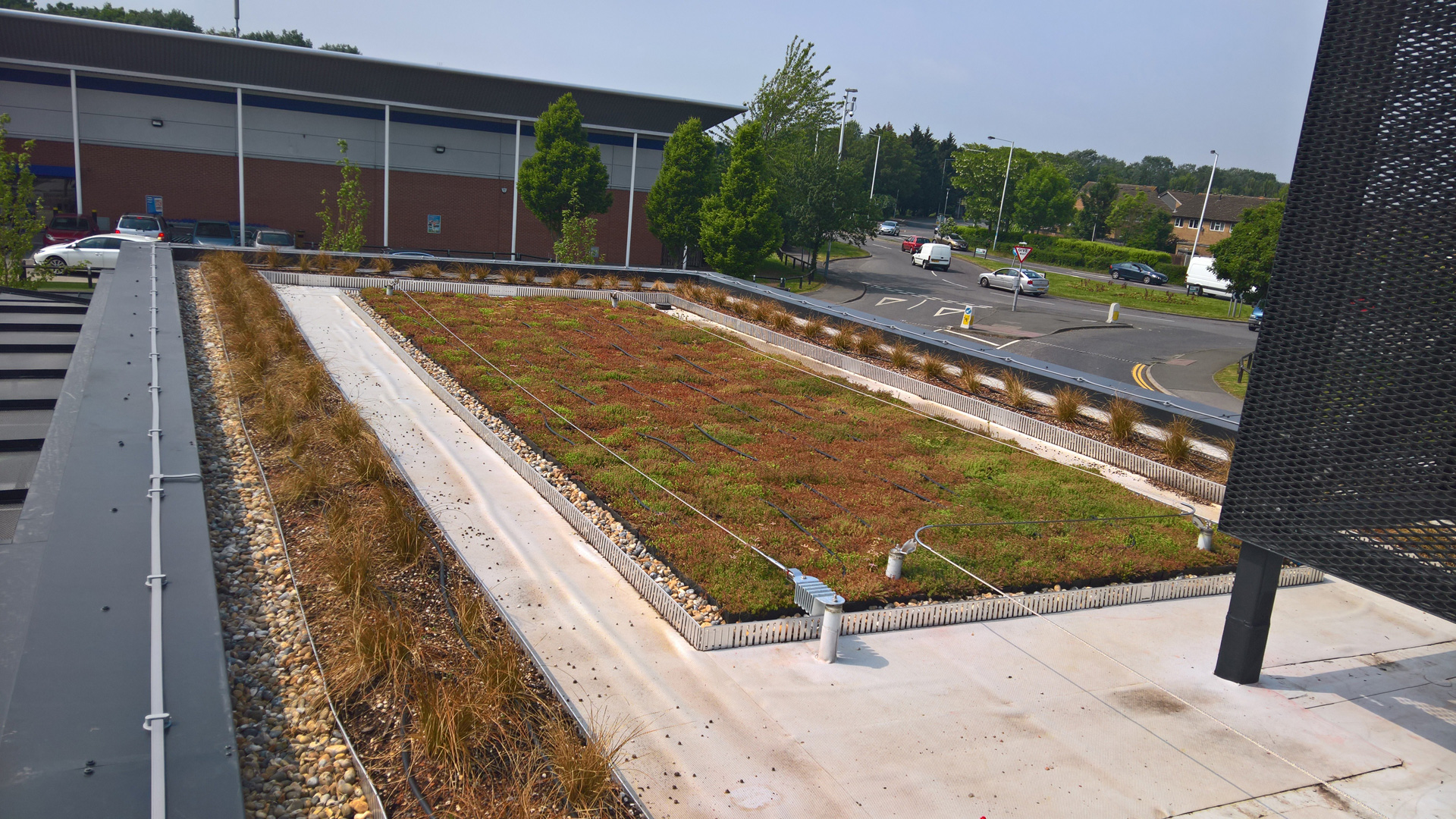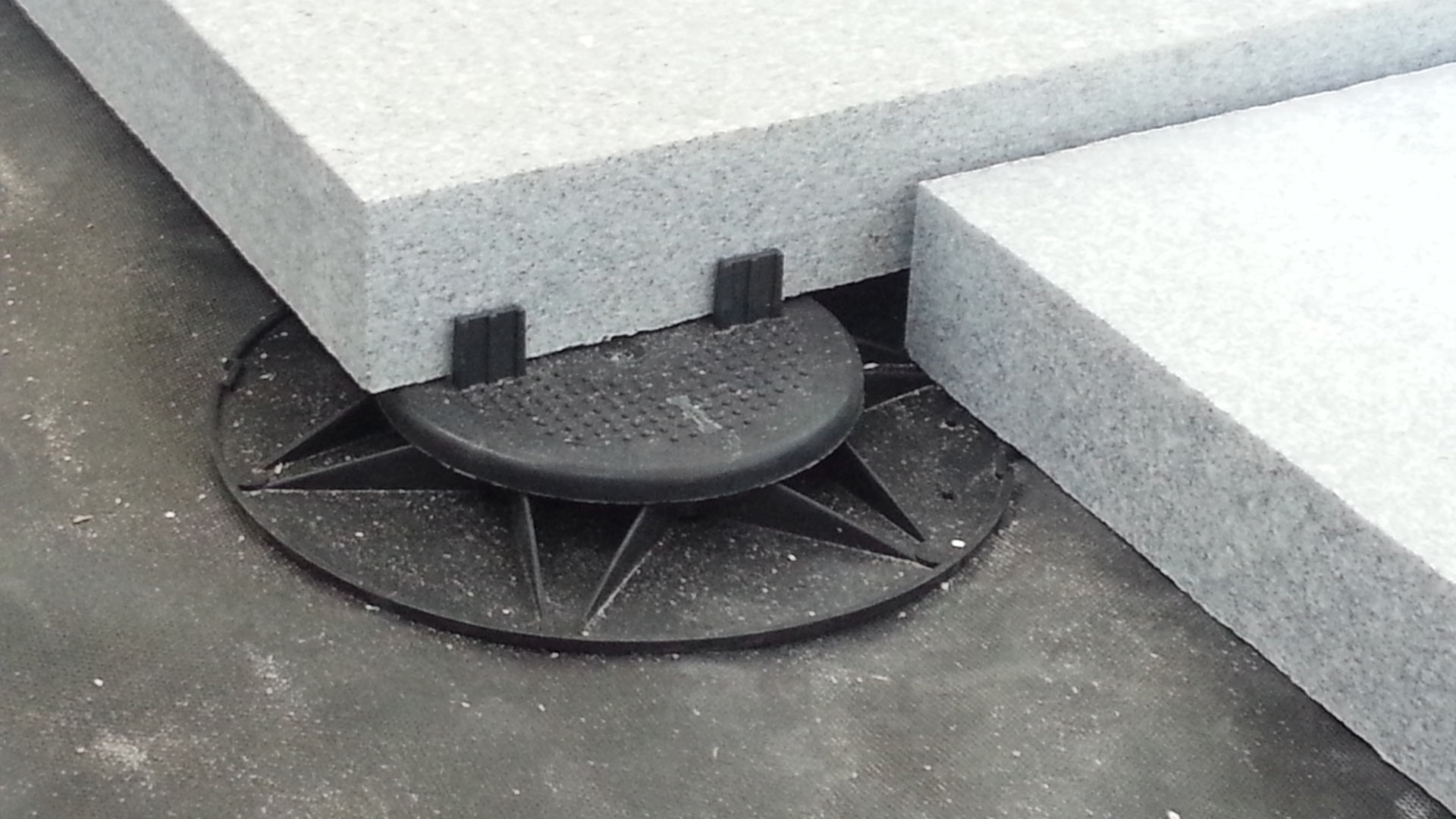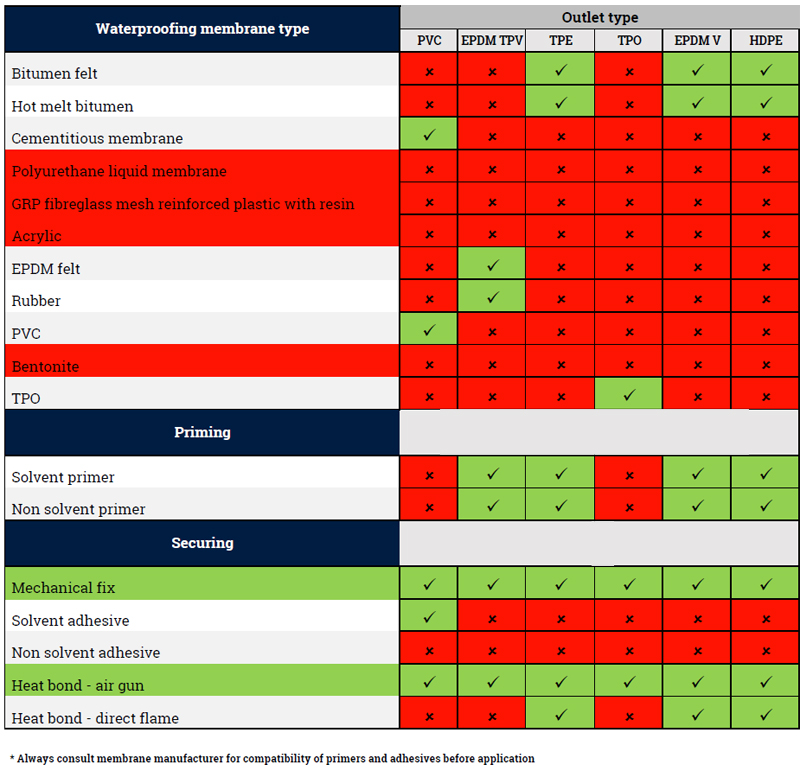There has been much confusion regarding the difference between biodiverse roofs and brown roofs and we are here to help explain some of the fundamental differences between the two.
Essentially:
- Biodiverse roofs are where seed or plants are introduced into the substrate at the time of construction.
- A brown roof is where the substrate surface is left to self-vegetate from windblown and bird lime seed dispersal.
Increasing Popularity
Biodiverse green roofs have become an increasingly popular variety of roof garden finish in recent years as they are seen by many planners as a more natural, rugged urban feature and can offer a greater diversity of species as well as prolonged foraging for insects.
The Concept of the Biodiverse Roof
The concept behind a biodiverse roof is that a plain, low nutrient environment is created at roof level and a small selection of hardy plant species are introduced to give a moderate level of cover and help bind the whole system together.
Once this has been established, tough, hardy plants will be introduced to the area naturally and start to germinate in the substrate, replicating natural wild urban spaces that are found at ground level.
The substrate level is normally up to 150mm, which offers a medium weight build-up, usually no heavier than 120kg per m2.
Minimal Maintenance Required
A significant benefit offered by the installation of biodiverse roofs is the fact that they relatively little maintenance. On top of this, they still offer sound acoustic and temperature insulation properties to the building and will help to attenuate water runoff from the rooftop to a significant degree.
Often objects such as rotting tree stumps, stones and rocks can be introduced onto the area to encourage insects and other wildlife.
Waste material from the construction process, such as crushed aggregate and concrete, can be introduced into the substrate, adding to a sense of recycling elements of the project.
Wallbarn M-Tray® can be produced as a biodiverse modular roof system by adapting substrate and vegetation type to suit the project requirements.
For more on the Wallbarn M-Tray®, please click here.


